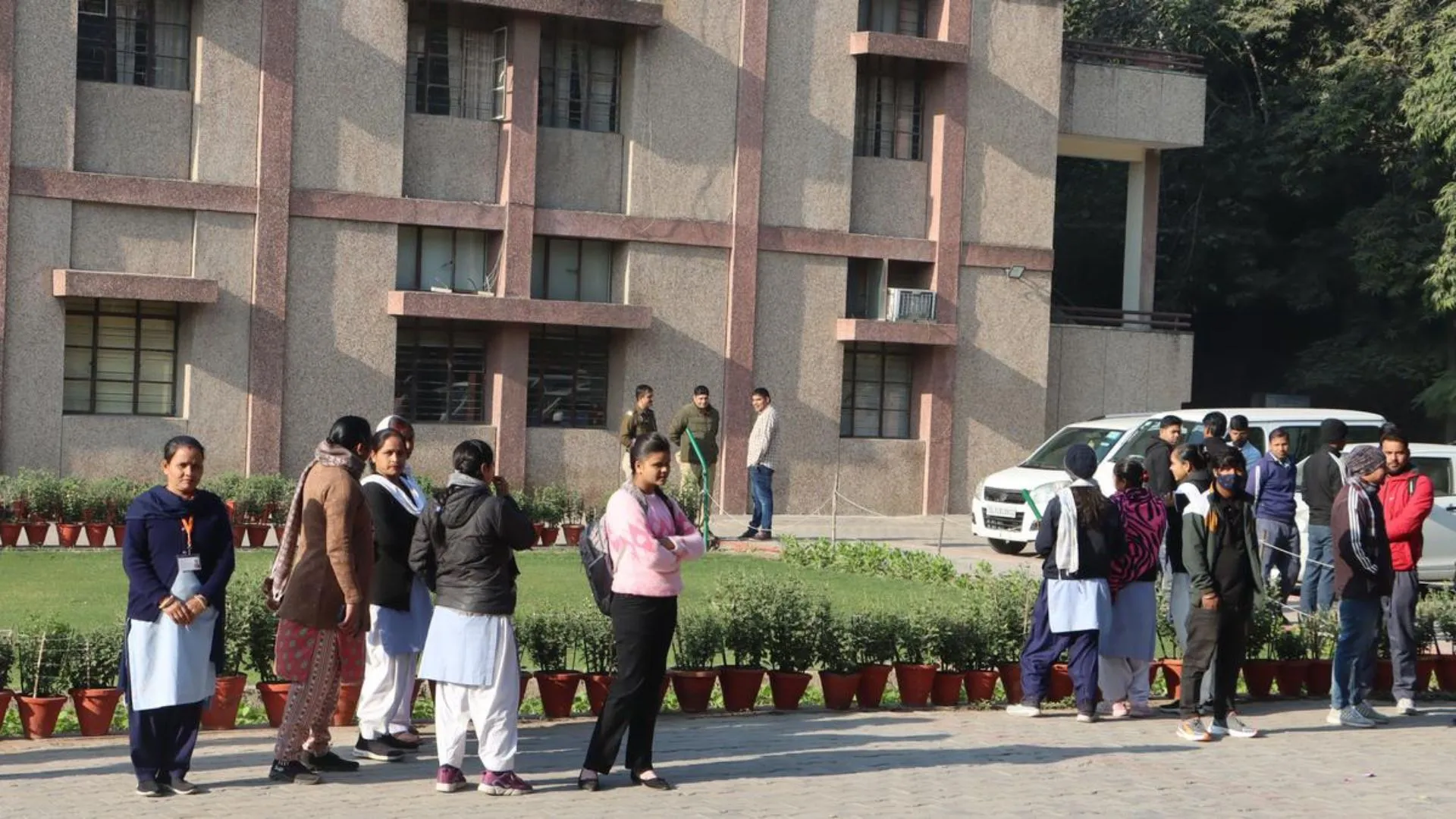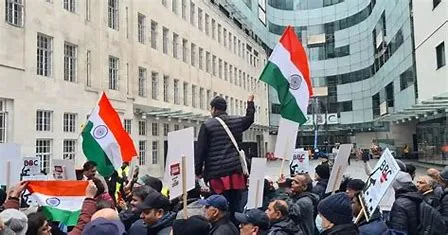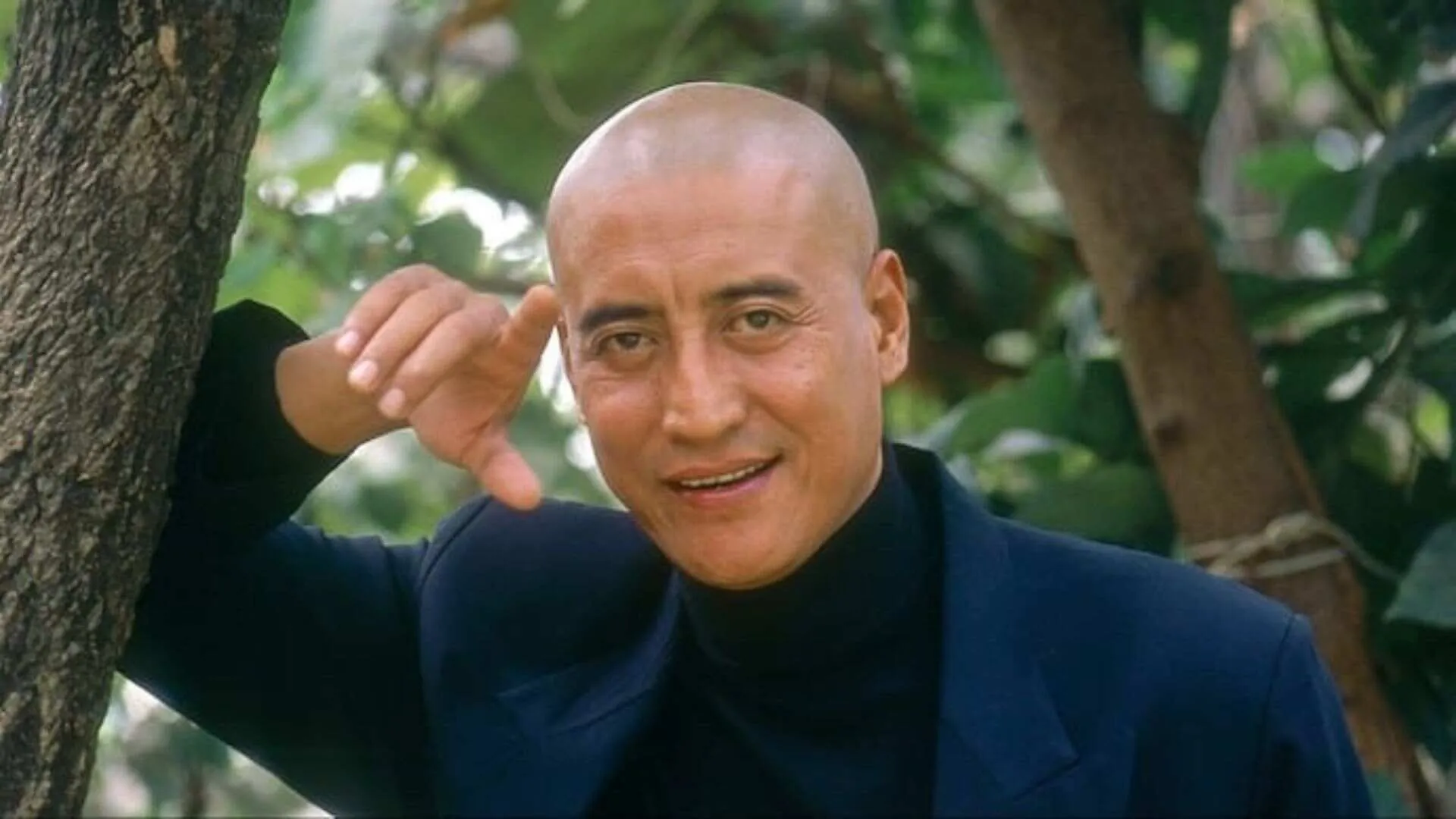Indian history is replete with evidence that women have been great warriors, playing a vibrant role in protecting the integrity of the nation as well as strengthening their positions in society. Continuing with this tradition, women’s role has been exemplary in contemporary times in all spheres of life, including the armed forces, big enterprises, among others. In this context, an exploration of instances from our history helps us examine the conditions and challenges that women continue to confront in contemporary times. Such historical instances not only provide meaningful answers to a series of unanswered questions and concepts related to gender, but also help in self-introspection of our thoughts and actions.
HISTORICAL SAGA OF WOMEN
The Indian epic, Mahabharata, is often inferred as leading to a great war for conserving the honour of a woman, Draupadi. But what is often forgotten is the series of erroneous and dishonorable conducts by mankind that finally found an outlet through a war triggered by the ‘Chirharan’ of Draupadi.
One such story in the epic was of Sikhandi, who was a Kashi princess named Amba in her previous life, born as a daughter to Drupad, the King of Panchaal. As Amba, she along with her sisters was charioted away by Bheeshma from their ‘swayambar’ to Hastinapur to marry his younger brother instead. Amba expressed her desire to marry Salwa whose garland she carried in her hands. But to her resentment both Salwa and Bheeshma’s brother refused to marry her on the pretext of embracing the former in her heart and contaminated by the touch of Bheeshma. Thus, the dignity of the women was questioned on the grounds of conduct by the men.
Amba went from one court to another seeking a champion to defend her honour since as a woman she was not allowed to fight in those times. But no one dared to stand against Bheeshma. On being reborn, Amba as Shikhandi was determined to avenge the wrongdoing.
One might believe that women are not meant to be warriors and require a man to defend her honour. This is another barrier that must be broken through a historical revelation. No doubt our men dominated the wars, especially the Kurukshetra war which was an all-men war. But there were other wars where women warriors are mentioned as a dominant force such as the wars of Kartikeya who fought with the Asuras at Kurukshetra.
Additionally, history is evidence that women fought shoulder to shoulder with men as equal participants in the struggle against the British rule. The determination and courage of famous women revolutionaries like Rani Lakshmibai, Savitribai Phule and Begum Hazrat Mahal left a lasting impression for generations to come.
Begum Hazrat Mahal, the last begum of Awadh, was considered to be more courageous than her husband, Wajid Ali Shah. Instead of bowing down to the Britishers, she chose to live with self-respect, confidence and took the courage to rebel against the British East India Company during the 1857 rebellion, even though the Nawab was exiled to Kolkata after British took over the kingdom of Awadh in 1856.
Due to her war strategy and leadership, the Britishers were confined to the Lucknow presidency. Begum Hazrat Mahal, mother, queen and a symbol of resistance, had also set an example by strengthening unity among Hindus and Muslims against the Britishers and motivated women to become warriors and join the war. As a woman, she acted as a uniting force for the society.
Despite our rich history of brave women, the role of women in Indian society over time underwent distortions and came to be exhibited as a subject of vulnerability and a symbol of weakness.
WOMEN IN THE CONTEMPORARY WORLD
In the contemporary era, even though the status of women has changed substantially with many setting examples of valiance and efficiency; yet, they are being categorised as vulnerable and weak, the one who needs to be protected and cared for at all times. Knowing or unknowingly, this show of mercy and apathy has sown a seed of doubt, resulting in ‘conflicting’ minds, which often is passed on from one generation to the other. Such mindsets further strengthen the ‘glass ceiling’ effect, preventing women from advancing in the workplace or choosing a male dominated profession despite being well qualified and deserving.
The barrier does not end here. Nevertheless, there are a number of examples where women have broken the ‘glass ceiling’ and achieved name and fame, though the percentage of such women is still marginal. These women have set an example by converting the famous saying: ‘There is a woman behind every successful man’ in their favour, by becoming their own strength with or without the support of a man. But the question that arises here is: Have they encouraged, rather supported and uplifted other women with immense potential as them? Have they strengthened the concept of ‘She for She’ or does ‘She is jealous of She’ still holds greater gravity in our societal mindset?
In retrospect, we need to revisit the progressive thought process of women by tracing our rich history to change stereotypical societal mindset which arrests progress of women. The fact that history is a repository of many unanswered questions related to the major role that women play in Indian society can be seen in the recent excavation of ancient civilisation site in Sinauli (Uttar Pradesh) which revealed that women warriors were skilled in sword fighting, archery and chariot riding equitable to men. This has broken the myth and established that agility of the body, the sharpness of the eye, the sharpness of the mind, dexterity of the hand, quick thinking and intelligence, which are the major factors for winning a fight, whether physical or mental, or whether by a man or a woman. One needs to rebel against the boundaries that the society has prescribed for women and begin the journey of ‘Mahaprasthan’ the path of the great departure from the orthodox, stereotype illusions of societal mindsets.
We as women need to pledge to break these myths and barriers, awaken the warriors within us, question as to why we inherently believe that men are superior to women, overcome the illusion to follow successful men and not successful women and create a platform of thoughts and expressions where ‘He for She’ as well as ‘She for She’ prevails, thus understanding gender equality through both the perspectives.
The writer is Senior Researcher, Public Policy Research Centre, (PPRC), New Delhi.





















